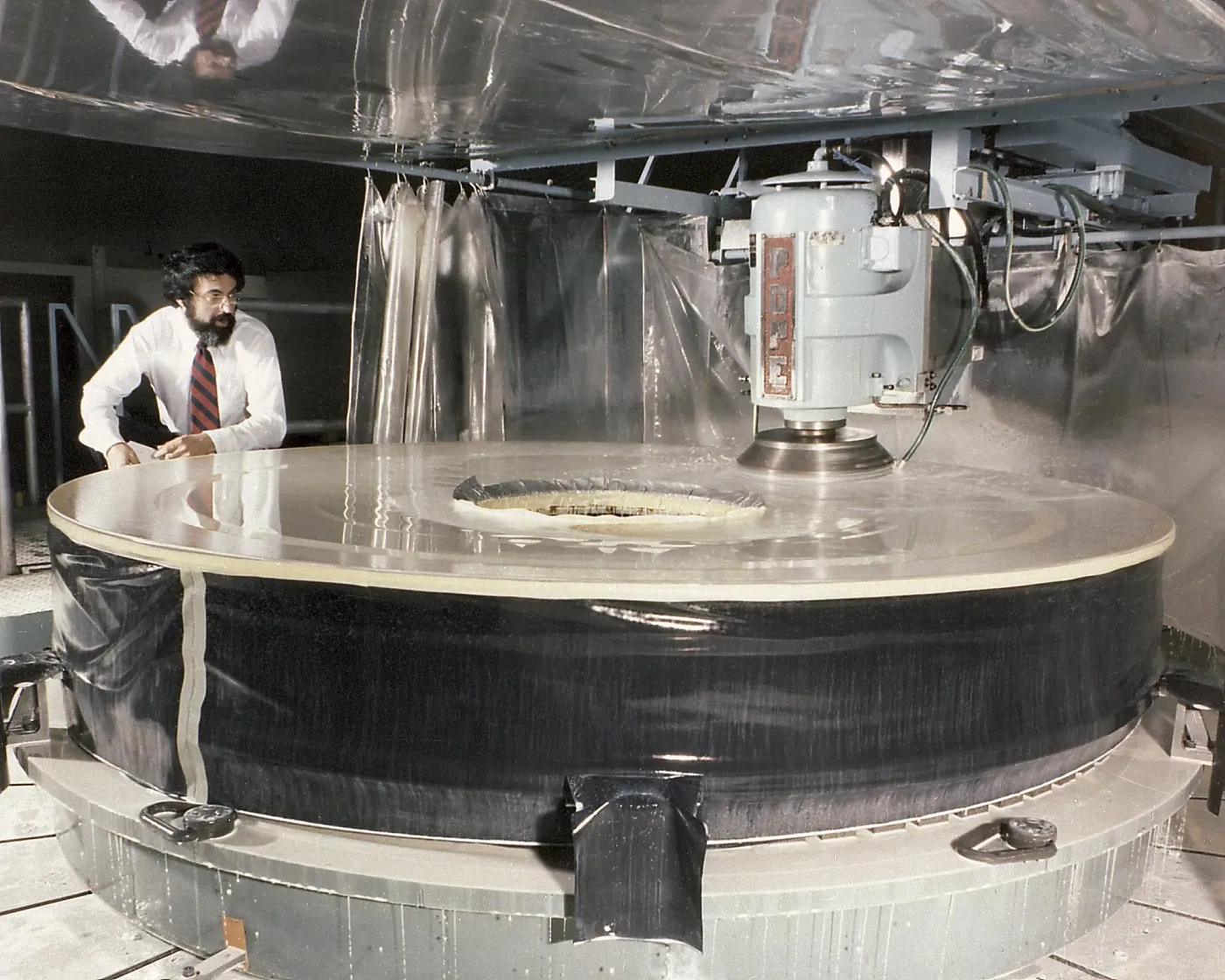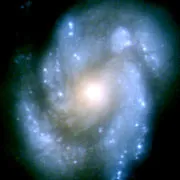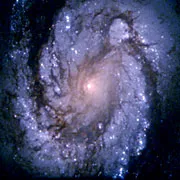The small mistake that cost NASA $50 million
on November 25th 2023

We all make mistakes. But some are worse than others.
For example, in the vast expanse of space, there is little room for error. It is tough to repair something that is already in orbit. This is why a space agency must be very meticulous in their planning and execution. For costly missions like The Hubble Space Telescope, a minor mistake can be devastating.
Which is why a tiny imperfection cost NASA an extra $50 million.
The Hubble telescope uses a basic design. Light enters through an opening in the front and falls on a 2.5-meter-wide mirror at the back. The light then finds its way to the smaller mirror and finally to the telescope’s instruments.
Since light must reflect in a precise way to hit the instruments, the main mirror needs to be exceptionally smooth. The mirror material had to be grinded evenly and rechecked countless times for it to produce high images.
However, soon after it launched, Hubble was sending back blurry images. A defect in the main mirror was quickly identified as the cause. The slight defect caused light hitting the inner part of the mirror to be focused on a different place. The shape of the mirror was only off by about 1/50th the thickness of a human hair, but it was enough to render the images useless. So how did this happen?

NASA tasked the optics company Perkin-Elmer to design and build Hubble's main mirror in 1977. Perkin-Elmer had custom machines to grind the mirror into the perfect shape with an accuracy of 10 nanometers.
On a project estimated to cost $400 million, the possibility of potential mistakes had to be kept in mind. So, Perkin-Elmer was asked to subcontract another company to make another “backup” mirror. And they chose Kodak — a company known for their cameras and lenses.
To avoid potential mistakes, the two companies were to cross check their progress. Perkin-Elmer did not do so, and by 1979, they began building mirrors. They completed building the mirror in 1981. The mirror went through many tests to make sure it would survive space and the intense vibrations of a rocket launch.
To test the shape of the mirror, an instrument known as a “null corrector” was used. A null corrector works by shining a beam of light onto the mirror and analyzing the reflection. A “contour map” is produced by an interferometer. A contour map is a graphical representation of a surface, showing the shape of a surface by using contour lines. This is also called a null test because when the mirror is perfect, the result is null.

But, when the null corrector’s mirrors were being set up to test Hubble’s main mirror, one of the mirrors was so perfectly misplaced that it cancelled out the flaw on the main mirror. Kodak’s mirror had no such flaw, but since it was a backup, it was left without a coating and put into storage.
The tiny error was left unchecked all the way till the telescope’s launch in 1990. When it started sending back blurry images, scientists realized that something was amiss. When NASA realized that Kodak’s backup mirror was perfect, it was thought that Hubble would go down as a huge embarrassment to NASA.
Luckily for NASA, they had already designed Hubble in a modular way. Hubble’s scientific tools are separated into boxes. This is so that they could be easily taken out and replaced with more advanced technology in the future. Since NASA knew exactly how wrong the mirror was, they worked out a solution.
They produced COSTAR (Corrective Optics Space Telescope Axial Replacement). COSTAR consisted of two curved, movable mirrors which would correct the path of light before it hit the instruments at the back of the telescope. The development of COSTAR cost $50 million, 2 years, and a lot of clever engineering. It was installed by 7 astronauts on the Space Shuttle Endeavour in 1993. In a 7-hour spacewalk, astronauts installed COSTAR. It finally let Hubble send back crisp images.

COSTAR’s mirrors changed the path of light enough to make images clear again.
Over the coming years, the telescope was routinely serviced by the Space Shuttles. Most instruments were replaced by new ones with built-in optical correction. So, by 2009, COSTAR was no longer needed, and was hence removed. By then, Kodak’s backup mirror was transferred to the National Air and Space Museum in Washington D.C.
Over the decades, Hubble has provided invaluable insights into the universe. It has captured stunning images of distant galaxies, nebulae, and other celestial objects. Its discoveries have changed our view of the cosmos, from the age of the universe to dark matter. The fact that we were able to overcome such an error shows the incredible ingenuity of us humans. And as Hubble starts to show its age and as its end comes into sight, it will go down in the history books.
Back to Home page